President Trump’s proclamation, “Enhancing National Security by Addressing Risks at Harvard University,” pays a compliment to that crossroads of brilliance and turbidity. It treats Harvard as a serious educational institution, and one that in its misbehavior “presents an unacceptable risk to our Nation’s security.”
Trump was not referring to the risk of immersing some of America’s brightest and most ambitious students in a toxic soup of anti-Semitism, DEI and disdain for our republic. Nor were the “risks” he had in mind “everybody-gets-an-A” grade inflation or a curriculum that wastes the students’ intellectual talents on courses that sound more like entertainment (e.g. 90 EK “American Noir”) rather than ordered inquiry, or on courses that whet the appetite for protest (e.g. 90 DH, “Students at the Barricades: Student Activism in Global Perspective”) rather than nourish understanding of good governance.
Those are matters for another day and maybe another executive order. The risks Trump’s proclamation calls out are those that arise from Harvard’s heavy reliance on enrolling foreign students, many of whom come from nations hostile to the United States. About a quarter of Harvard students are here on non-immigrant visas. They arrive on student visas (F), as vocational visitors (M), or in “exchange” programs (J). Perhaps most of these international students are at Harvard to gain a good education. They may be mistaken about that, but that’s a risk they assume. The problem comes from those foreign students who are here – at least in part – to create distress or worse: the students who threaten, attack, steal and subvert.
Trump’s solution: “Suspension of Entry” for new would-be Harvard students from abroad for six months, and authority to the Secretary of State to revoke the visas of international students already attending Harvard. The suspension applies only to Harvard. The same students could apply for visas to attend other American colleges.
As has become routine since January 20, Harvard immediately responded by going to court to seek an injunction against the new rule. And just as routinely, a federal judge stepped in to do Harvard’s bidding, Judge Allison Burroughs “temporarily blocked” the new rule and extended by two weeks her previous order that prevented Harvard itself from issuing visas.
This fuss over international students warrants a non-Harvard digression.
The “risk” that Trump’s proclamation addresses lies in the illegal actions committed by students from abroad. But there is another unmentioned risk that arises from the sheer pressure of numbers. At Harvard I noted about a quarter (actually 28 percent) of students are from outside the US. At MIT it is 30 percent. The New York Times recently published a handy chart showing 13 more American universities are barely American in enrollment, including Caltech, Johns Hopkins, Carnegie Mellon and the winner, Illinois Tech, at which 51 percent of the students come from abroad. These are among the institutions that altogether enroll some 1.1 million international students. In 2023-2024, 29 percent came from India and 25 percent from China. (China held first place for many years before that.) The substantial presence of international students may be even more noticeable at small colleges. Mount Holyoke, for example, enrolls about 2,200 students, 20 percent of whom are international.
American colleges and universities generally present their international enrollments as a contribution to “diversity” that enhances the educational experience for everyone. At least everyone who is admitted. It doesn’t do much to enhance the educational experience for the American student who are turned away in favor of the (usually full tuition-paying) student from Qatar, Kuwait or wherever.
This is only to say that the good that may come from international diversity on campus does have some costs, one of which is cultural. The college or university in which a quarter or more of the students come from outside the US is not likely to put much effort into teaching American exceptionalism. Trump’s orders have not yet addressed this, though he did sign a travel ban, effective today, on 12 countries: Afghanistan, Myanmar, Chad, the Republic of Congo, Equatorial Guinea, Eritrea, Haiti, Iran, Libya, Somalia, Sudan and Yemen. What is most notable about that list is the countries that are not on it.
Trump’s Harvard proclamation mentions “known illegal activity” and “known and dangerous violent activity.” But how much is actually “known” has been obscured by Harvard’s unwillingness to provide the Department of Homeland Security with information about the malefactors. Harvard has also shown little interest in spotting foreign students who are actually foreign agents. That problem is acute when it comes to students from China, but it is plainly a problem with some students from the Muslim Middle East as well. Within hours of the Hamas atrocities in Israel on October 7, 2023, some Harvard students were demonstrating in support of Hamas and were disseminating Hamas talking points.
The proclamation is the second time Trump has attempted to address the peril these student pose to Americans and America. On May 22, the Department of Homeland Security’s Kristi Noem revoked Harvard’s eligibility to enroll foreign students. Those enrollments had proceeded under the Student and Exchange Visitor Program (SEVP), which requires that universities maintain trustworthy standing. Naturally, Harvard turned to the courts for relief and US District Court Judge Allison Burroughs provided it. She blocked the revocation.
And Harvard continued to stonewall government requests for information about the lawbreakers – anti-Semitic thugs, spies and unregistered agents of foreign governments.
Noem apparently took counsel on what the administration could do that could not be stopped by Judge Burroughs or other black-robed defenders of the divine right of Harvard. Control over the issuance of visas appears unequivocally a power invested in the administrative branch, but we will have to see if it sticks. Is Harvard a “trustworthy steward of international student and exchange visitor programs?” Judge Burroughs, however, was undeterred. She appears to have a special version of the US Constitution in which Harvard has immunity from most federal action.
I’m among those who are inclined to think Harvard fails that test, but I’m also among those who believe that this proclamation is a battlefield maneuver, not than the ultimate goal at which Trump is aiming. Other maneuvers included cutting Harvard’s access to student loans, rescinding research grants and threatening to tax Harvard’s $53 billion endowment. In the face of this, Harvard has yielded nothing. It turned to the courts to get injunctions against the administration’s acts, and it turned to the American academy writ large to pose as the great defender of institutional autonomy and intellectual freedom.
That’s worked at least as far as persuading many college presidents and faculty members that more is at stake than one university’s decision to defend its rambunctious anti-Semites from exile to their native lands. But it hasn’t really worked in persuading the public at large higher education in general or Harvard in particular deserves the public trust or the massive financial support that it has been receiving from taxpayers.
The issue beneath the issue is that Harvard is now seen as the embodiment of privileged anti-Americanism. Americans don’t actually mind privileged people or institutions. We admire success, even when it is largely unearned. But when the privileged use their advantages against us, we bridle.
Harvard likes to remind us that it provides for the public good through medical and scientific research on an immense scale, and that it is a beacon to the rest of the world for educational and cultural excellence. But we know those medical and scientific accomplishments aren’t a gift. We’ve paid for them and the salaries of the faculty who made them, who could just as well move to Morgantown, Gainesville or Tulsa.
And as for the educational and cultural excellence, we’re not so sure. “American Noir” may be a perfectly good course that could be taught with even greater resonance in Fargo, and “Students at the Barricades” might fit right in at Louisiana State or someplace else that prizes drills for hard tackle football.
Harvard’s main line of defense is old-fashioned snobbery. But what it is defending isn’t old-fashioned at all. Harvard has become an institution for the global elite and that portion of the American public that aspires to post-national self-infatuation. Israel is hated less because it is a Jewish state than because it is a bastion of Western civilization that refuses to dissolve its borders into the post-national Everywhere. Harvard is the Kasbah of that Everywhere, where the moneyed elite of the Third World can enjoy their prerogatives out of sight of the poor while they pretend to be champions of liberation. And Harvard is the place that pays down its guilty conscience by maintaining a regime of racial quotas in admission and hiring, as if by admitting at a lower academic standard some black students (and some members of other minority groups) it is advancing “social justice.”
I don’t know that President Trump would ever say things like this, but when he proclaims “Enhancing National Security by Addressing Risks at Harvard University” and calls out Harvard for its obdurate unwillingness to defend its Jewish students, he touches a deep chord of resentment among Americans. We know that, despite all the good Harvard has done over the centuries, the Harvard of today is against us. Some of those foreign students do indeed pose a risk and should be kept out. But the bigger risk is Harvard’s disdain for our country.



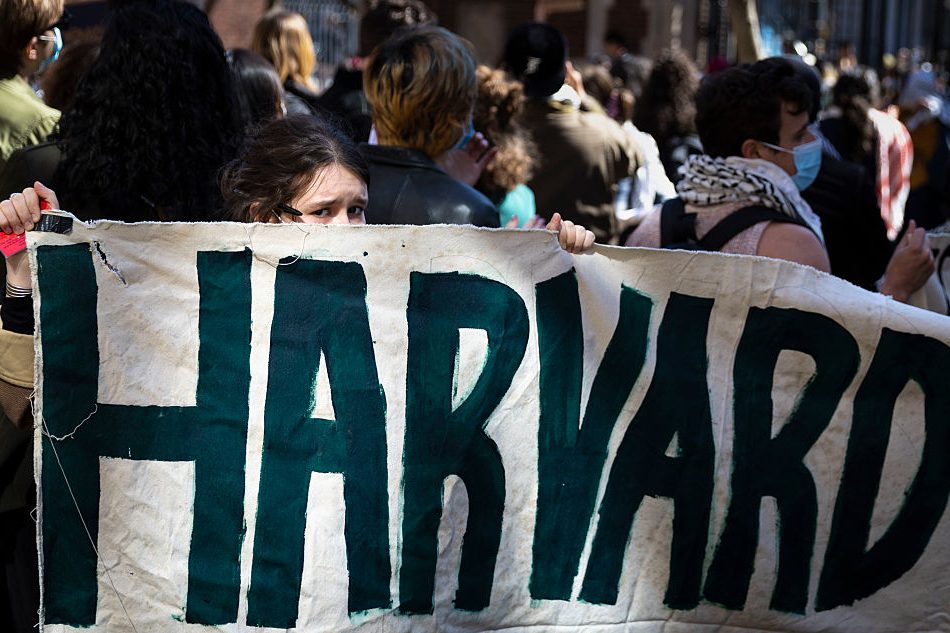








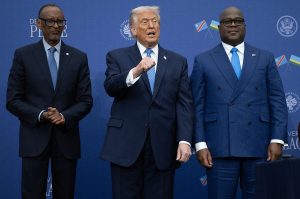

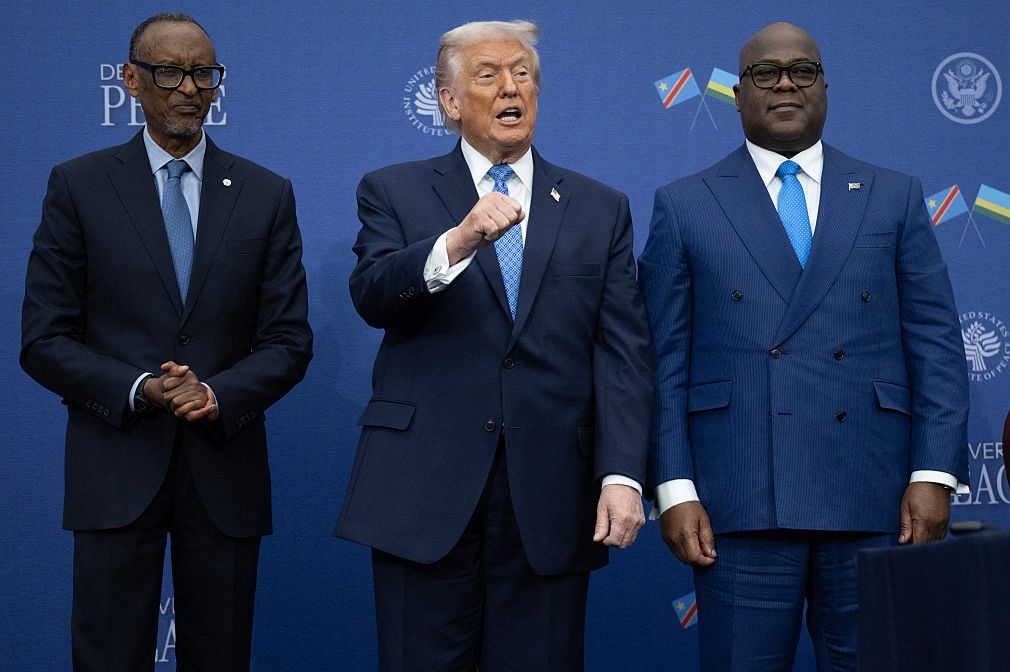
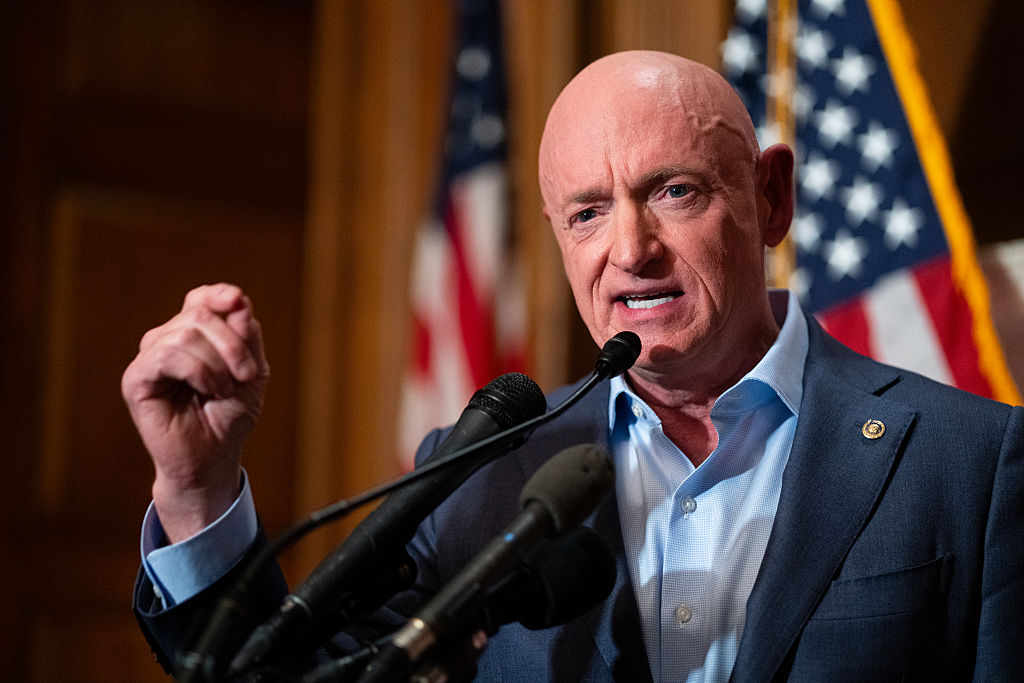
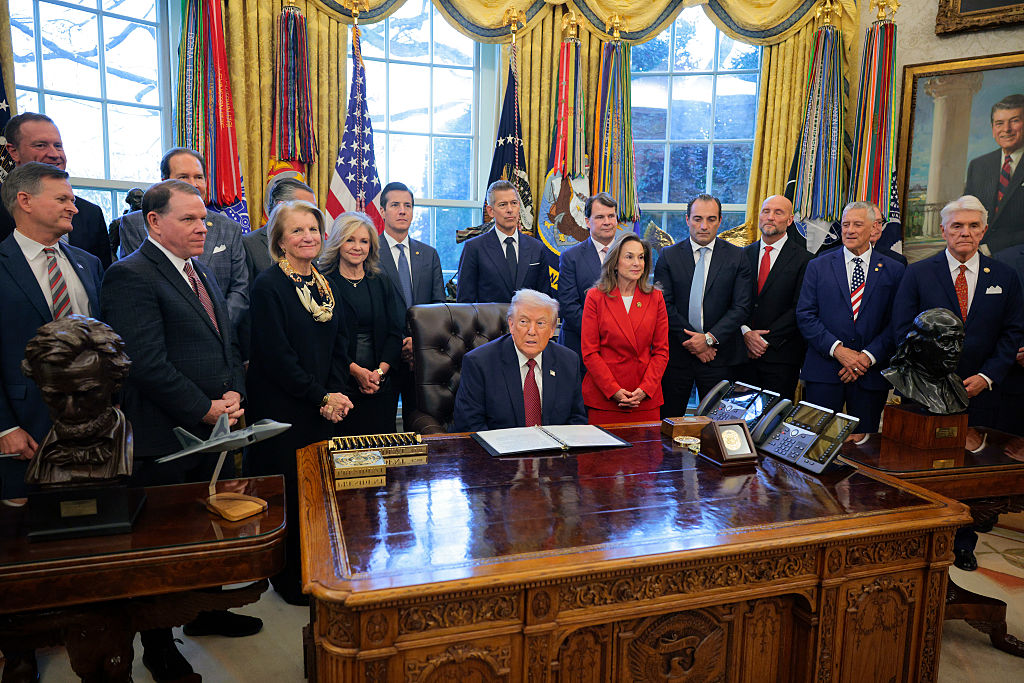

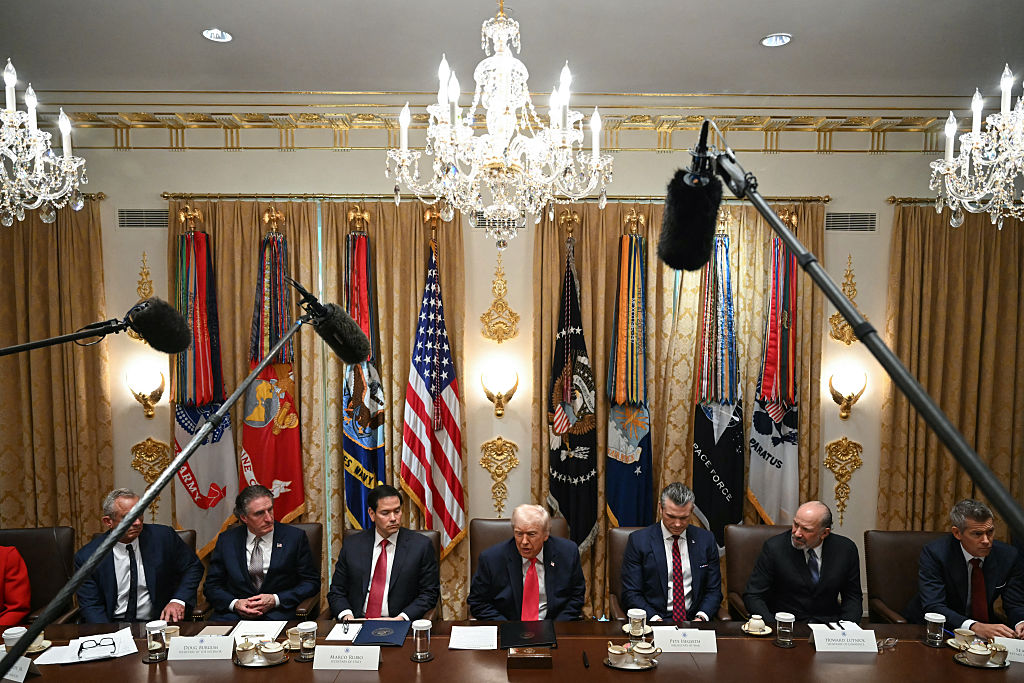





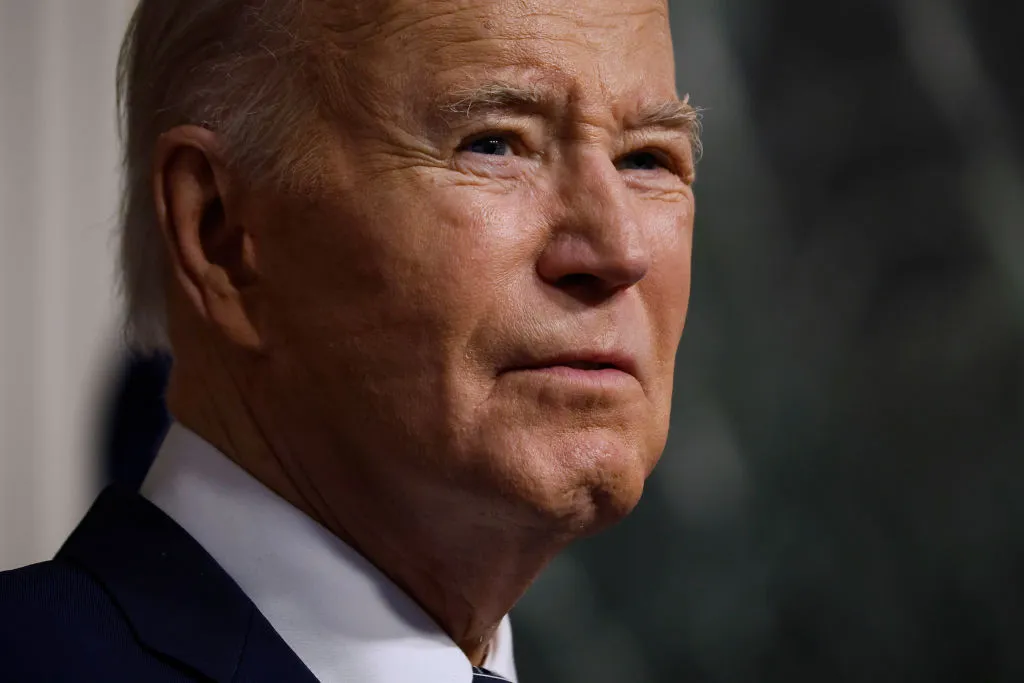

Leave a Reply